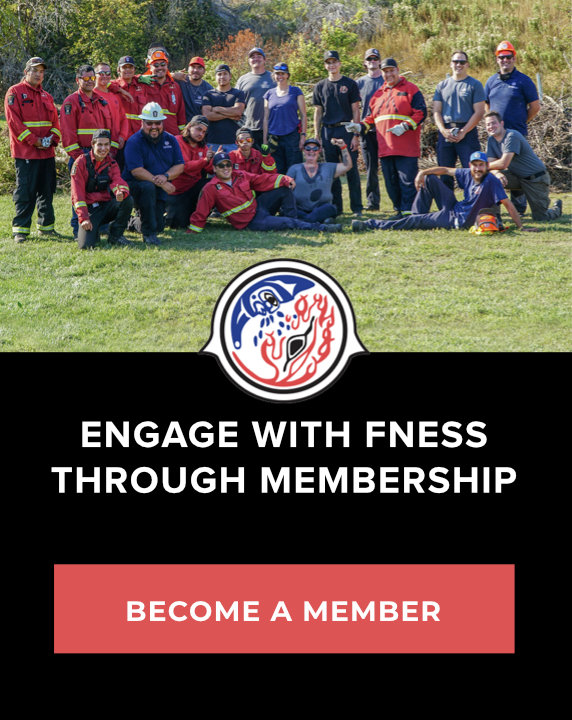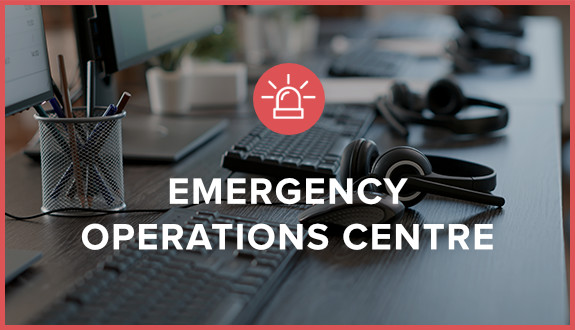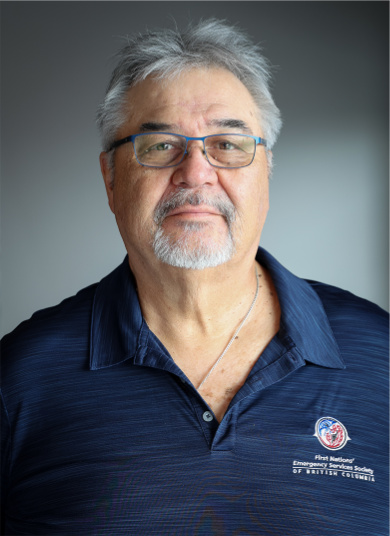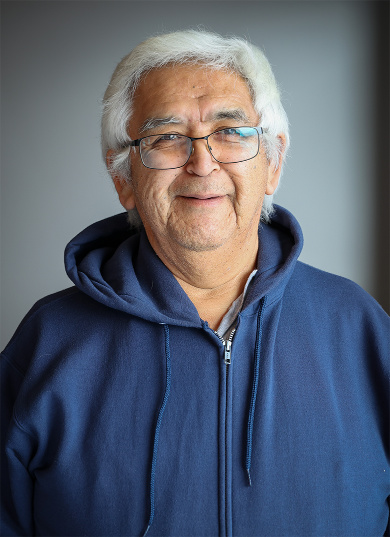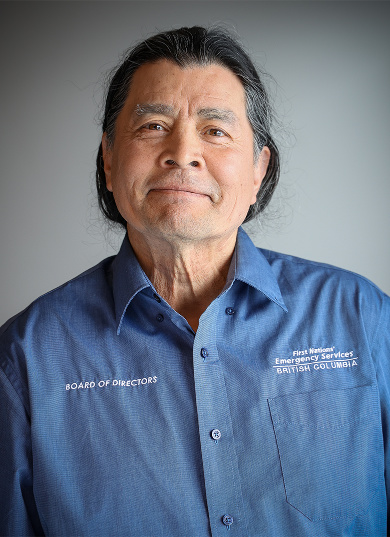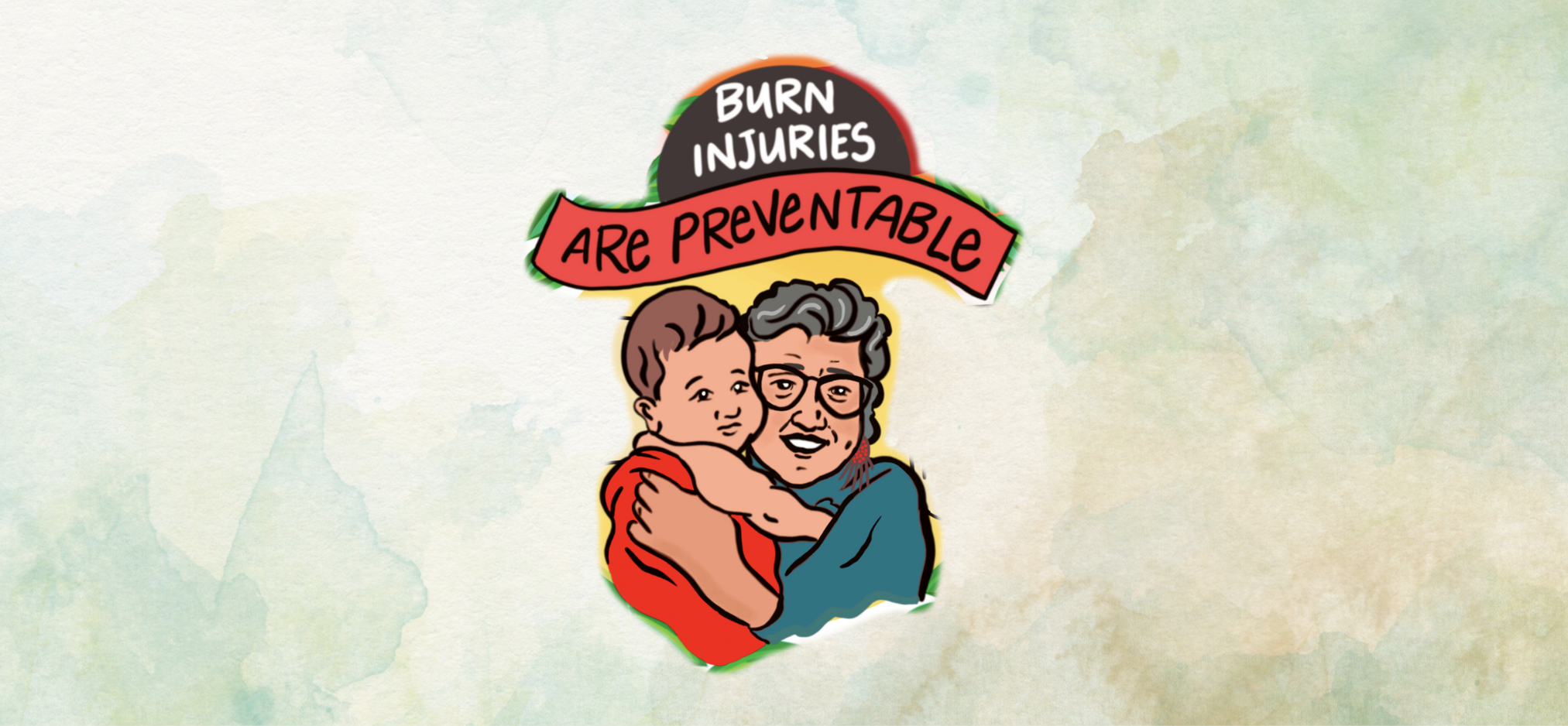
Every year, numerous individuals in Canada experience burn and scald injuries, with our young children and Elders being particularly vulnerable. The encouraging news is that these injuries are entirely preventable.
Burn Awareness Week (BAW) is observed annually during the first week of February and is a nationwide initiative designed to raise awareness about burn injuries and educate the public on how to prevent and address them. This year, BAW takes place from February 4th to 10th with the primary focus of promoting awareness and prevention of flammable liquid burn injuries.
In an effort to support First Nations communities, we’ve developed our own straightforward Burn Awareness Week program that can be used every year. This program includes a Fire Safety Educational Poster, a Safety Sheet providing crucial information on burn and scald protection, and an engaging activity tailored for young children.
We’ve also gathered valuable information from the American Burn Association that is specific to this year’s theme and can enhance your understanding of flammable liquid burn injuries and prevention.
Together, let’s take proactive steps towards a safer future, protecting our communities and ensuring that preventable burn injuries become a thing of the past.
FNESS Burn Awareness Week Program Materials
- Fire Safety Educational Poster – “Our Journey to Burn Safety”
- Burn Awareness Fire Safety Sheet
- Hot or Not Activity for Preschool
More information on the FNESS Burn Awareness Week Program.
All materials can be downloaded for printing and distribution, or use on social media sites, websites, newsletters etc. These resources are for everyone so please feel free to share them.
Flammable Liquid Burn Injury Awareness & Prevention
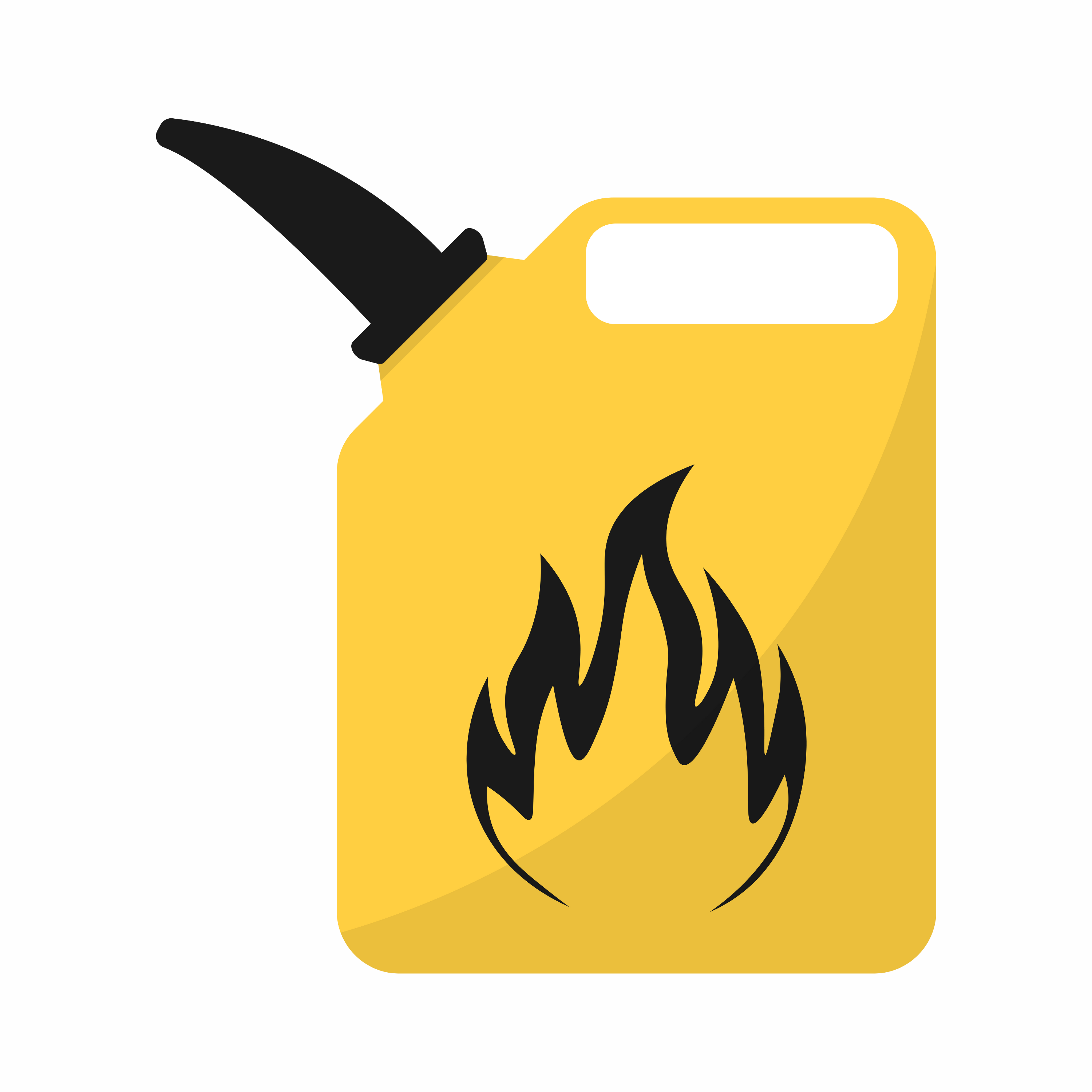
Burn Prevention Tips
Handle with Care, Flammable Liquids Beware!
- Cooking oil is a highly flammable liquid. Keep your eyes on what you fry!
- Grills and gas ranges produce a lot of heat; keep your cooking area clear when around an open flame.
- Gasoline is an extremely flammable liquid & vapor with flumes capable of ignition up to 12ft from the pooled source.
- All flammable liquid containers should be kept in cool, dry locations and stored away from the home.
- Fuel lawnmowers, leaf blowers, snow blowers, and weed eaters when the engines are cool and in an open area outdoors.
- Never use an accelerant such as gasoline, kerosene, or aerosol sprays to start a campfire.
- When purchasing a gas can, be sure it has a fuel arrestor on the can to prevent flashback.
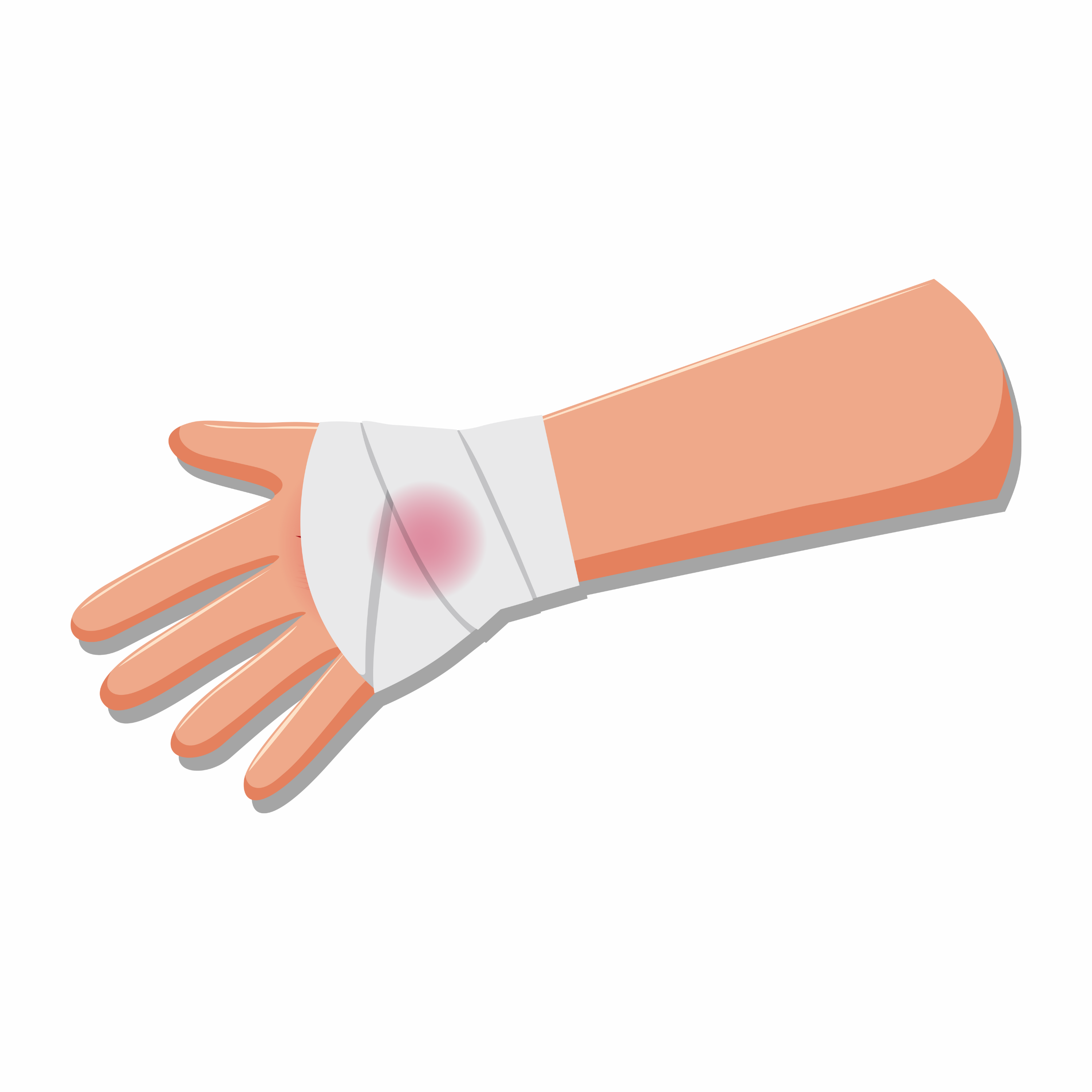
In the Event of a Burn Injury
- Smother any flames on clothing and remove the victim from the flame source
- Call 911
- Cool the burn with COOL (not cold) water to stop the burning process
- Remove all clothing from the injured area
- Cover the area with a clean dry sheet or bandage
- Seek medical attention
Cover artwork created by using one of Michelle Buchholz’s recordings.
